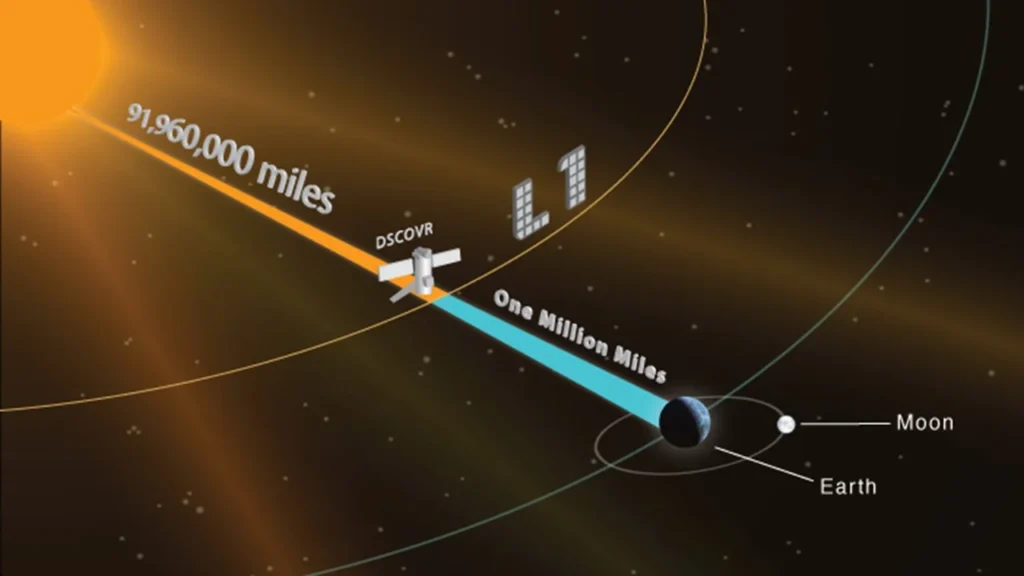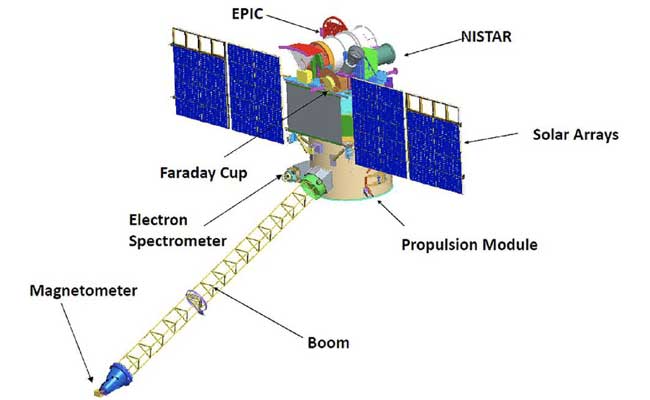Deep Space Climate Observatory: The Deep Space Climate Observatory (DSCOVR) is a spacecraft that was launched in 2015 with the primary objective of observing the Sun and Earth from a unique vantage point in space. It was designed to provide critical data on space weather, climate change, and other environmental factors that affect our planet.
Since its launch, DSCOVR has been making valuable contributions to scientific research and has helped us understand the complex interplay between the Sun, Earth, and the space environment. In this article, we will explore the importance of DSCOVR and its impact on various fields of study.
Understanding the Mission of DSCOVR

DSCOVR was launched on February 11, 2015, from Cape Canaveral, Florida, by SpaceX’s Falcon 9 rocket. The spacecraft was designed to provide a continuous stream of data on solar wind, geomagnetic storms, and other space weather events that can affect Earth’s climate and technological infrastructure.
DSCOVR is equipped with three primary instruments: the Earth Polychromatic Imaging Camera (EPIC), the National Institute of Standards and Technology Advanced Radiometer (NISTAR), and the Plasma-Magnetometer (PLASMAG). EPIC captures images of the Earth, which helps scientists monitor changes in the planet’s atmosphere, land, and oceans. NISTAR measures the amount of energy emitted by the Earth, which provides valuable data on the planet’s radiation balance. Finally, PLASMAG measures the magnetic field and plasma density in space, which helps scientists understand the interaction between the Sun and Earth’s magnetic field.
Impact of DSCOVR on Climate Science
DSCOVR has revolutionized the way we study climate change by providing us with a unique perspective on our planet’s atmosphere. The EPIC instrument captures images of the Earth from a distance of one million miles away, which allows us to see the entire planet in a single frame. This provides valuable data on cloud cover, land surface temperature, and other important climate indicators.
One of the most significant contributions of DSCOVR to climate science is its ability to monitor changes in the ozone layer. The ozone layer is a vital component of the Earth’s atmosphere that protects us from harmful ultraviolet radiation from the Sun. However, human activities, such as the use of chlorofluorocarbons (CFCs), have caused significant damage to the ozone layer. DSCOVR’s NISTAR instrument provides valuable data on the amount of energy emitted by the Earth, which helps us monitor changes in the ozone layer and develop strategies to protect it.
DSCOVR has also helped us understand the impact of climate change on the Earth’s ecosystems. The EPIC instrument captures images of the planet’s land surface, which provides data on changes in vegetation cover, snow cover, and other important indicators of the planet’s health. This information is vital for scientists to develop strategies to protect our planet’s ecosystems and mitigate the effects of climate change.
Impact of DSCOVR on Space Weather Research

DSCOVR’s primary objective is to provide data on space weather, which refers to the conditions in space that can affect Earth’s technological infrastructure. The Sun emits a constant stream of particles known as solar wind, which can cause geomagnetic storms and other space weather events. These events can disrupt satellite communications, damage power grids, and even pose a risk to astronauts in space.
DSCOVR’s PLASMAG instrument measures the magnetic field and plasma density in space, which helps scientists understand the interaction between the Sun and Earth’s magnetic field. This data is critical for predicting space weather events and developing strategies to protect our technological infrastructure.
Read Also: Nuclear Weapon
![]()





